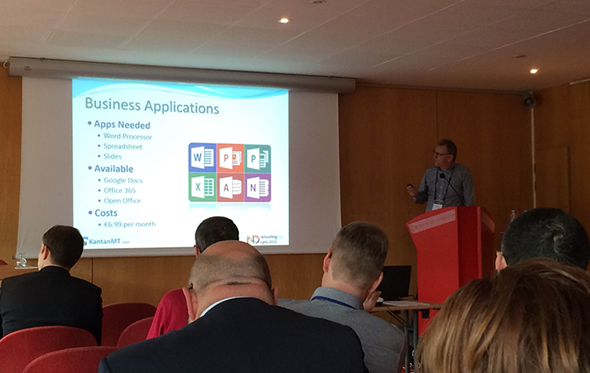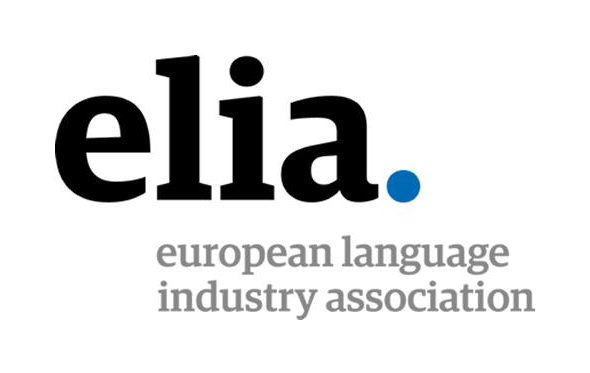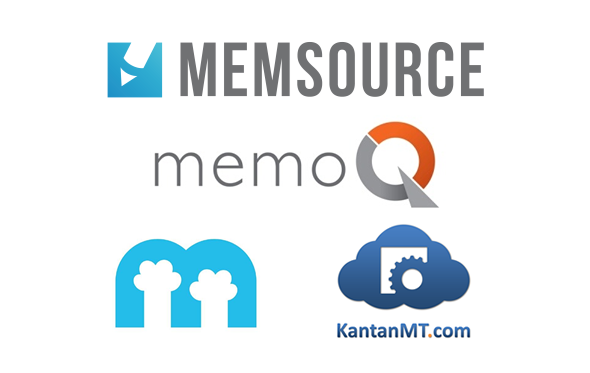Translating is no longer an old-fashion craft, but a very profitable industry that measures the output in trillions of words and billions of US dollars. It’s not just about translating, it’s adapting a content (words, numbers, pictures, graphics) to make it appear as native, and that is call localizing. This activity has been considered an external factor in the voice-over business, but this is no longer the case.
We are witnessing a convergence : localizing also means voicing a text, a script usually in many different languages. It’s true that recording voices (narration, presentation, dubbing) for videos or animations is still a marginal activity of localizing, but its growth is exponential, because the digital revolution is pushing multinationals to communicate, train and even hire through audio-visual elements. The text, either on hard or soft copy, is not as popular as a video. These multinationals don’t resort to the classical recording studios, they rather outsource their AV needs to the major Language Service Providers or LSPs, which in turn resort to a variety of studios specialised in mutlilingual audio, video and DTP like PrimeVoices.
The global business of localisation which includes translation, transcription, transcreation as well as revision of documents, manuals, books, audio, video, software and websites etc into a foreign language, moves a staggering $37 billion a year, according to Common Sense Advisory (CSA). Efficiency and productivity, but also quality and speed are key features of major translation agencies. Their turnover grow each year in double digits pushed by transnational organisations that need to communicate multilingual in anything they do, because, English only is not good enough for a multinational to have the job done on the field.
Emerging markets have also increased their demands to have properly translated manuals, books, training modules and of course advertising. So Latin Spanish, Brazilian Portuguese, Mandarin Chinese, Hindi but also Tagalog, Thai or Bahasa Indonesia are now target languages for those LSPs which mostly translate from English as the source language.
No wonder that most LSP companies are booming, using a mix of technology and human power. Technology in the form of Translation Memory, TM which allows a human translator to increase its productivity, because the memory provides a spreadsheet with pre-translated paragraphs for any given pair of languages. The translator puts order and correct incoherent or funny sentences. The bigger and specialised the memory (pharma, legal, industrial, etc) , the higher and quicker the output. The other component: human power is based on thousands of freelance translators and small, sometimes family run companies, that do their job from their homes or small offices in Bangkok, Lima or Ekaterimburg.

The added value of LSPs consist above all of being project managers for their big blue chip customers. As specialised PMs they orchestrate complex and often multilingual translation projects, providing enriched and sector-based TM to their teams of translators across different time zones, coordinating formats and standards and also outsourcing to specialised multilingual studios the more technical audio, video and DTP work. Q&A review is another key feature of LSPs, since both translators and voice actors are scrutinised using sometimes score cards which measure to what extent they respect deadlines and accuracy, while minimising pick-ups.
At the epicentre of this flourishing service industry there are a number of associations and think-tanks that serve the interests of the language industry.
(ELIA) is one of them and recently celebrated in Lyon (France) its 18th Networking Days. I had the privilege of being invited and it was a delight to talk to the participants about the trends and challenge they face.

But what’s in it for us the community of voice talents, dubbers and audio and video recording and post-prod studios? Localizing companies look for economies of scale pushing voice-over studios at being cost-effective without compromising quality. The new Text to Speech (TTS) technology is a promise that doesn’t come true. Robots reading e-learning are still a funny nightmare and the cost is not that cheap, because you need many man hours correcting what the machine says wrong. So until the TTS is a usable technology, LSPs look for a true multilingual, studios that feel confortable recording from Ahmaric to Papiamento, but last and not least also looking for experts in audio and video engineering.
Recording voices is becoming almost a commodity, so added value is not only on the quality of the voices, but on the specific technical needs of the final client. The studio should record, mix, edit and integrate the audio into modules (usually e-learning) that require real expertise in e-learning authoring tools such as Camtasia, Storyline etc. Sometimes the studio should include in their Swiss army knife of abilities that of developing plug-ins and software to digest and integrate scripts that are not readable per se. The survival kit for any LSP studio should lie in that engineering expertise, as well as the capacity to cast many voices from many languages.
Voice talents should adapt to the requirements of LSPs if they want a share of this localizing boom. Not only they should be reactive in responding to auditions, but also talents should provide diversity in their services: different demos for different clients: pharma and medical industries are sensitive to friendly, calm and articulate narrators, industrial corporations prefer voices that authoritative and inspire confidence and trust. Pricing is also a key factor, and this is a story of more for less: the volume of audio minutes and assignments increase, and so the regularity of jobs and gigs for a VO. Last but not least, a voice talent should be a handyman of computing too, need to work easily with different formats and compressions, editing and synchronising audio to the pictures of a video. For a LSP recording studio, talents that understand the new rules will get as many recordings as they can handle.

Elia is an open forum, where technology is more and more present. Start-ups from all over Europea are already providing a technology that is no longer the privilege of a few big LSP companies. Matecat from Rome, Italy offers an online, free and easy to use open-source platform with over 10 billion words of translation memory in most pair of languages. MemoQ from Kilgray Translation Technologies is a successful CAT (computer-assisted-translation) actor from Budapest, Hungary, proposing different solutions to digest complex formats, reuse previous translations and scale up the work from an individual translator to translation teams. Memsource from Prague, Czech Republic allows the translator or translation agency to analyze the translation process in real-time checking language volumes, file types, costing, and translation quality by vendor or machine translation. KantanMT from Dublin, Ireland is a machine translation platform that enables users to develop and manage customised machine translation engines in the cloud in over 750 language combinations, Unlike Trados or other standalone CAT tools, all these companies have in common the use of cloud-based technologies available everytime, everywhere and payable as you go. Their future looks promising but consolidation might be a the next step for them to survive to Google and its translation algorythms.
Elia is a good forum to meet the LSP actors of this expanding industry, which is more and more connected to our world of multilingual audio and video recording. Elia is heading back north but remaining close to the centre of Europe for its October 2015 Networking Days event. Krakow in Poland will be the host city of the association’s Networking Days event on 1-3 October. The workshops at Elia provide the industry leaders an opportunity to share best practices and develop great business and networking relationships. If you are busy in the world of localization, we recommend you follow Elia think-tank starting by receiving their newsletter here.



Thank you for this informative article. Last year I googled hundreds of translation/ localization companies and reached out to dozens. I got a great response,mostly form companies in India. The pay scale is not at all competitive with the American market. I do occasional work for a company in the U.K. They couldn’t believe what I was charging (I actually quoted the going rate in Canada, not in U.S $ ) and said I was their most expensive voice over talent. Oh well! Negotiating the pay is not always easy, but if they need your expertise, don’t give up, negotiate and you will probably be hired. Good luck! Nicole
Some companies outsource to Indian, Chinese, Philipino and Pakistani vendors who carry out mostly big DTP projects and complete e-learning courses. They both include audio and video in multiple languages and usually long scripts. Their PMs are continuously scanning the web looking for cheap voices, they don’t care about the voice or sound quality at all. The cheapest is the best for them, so no wonder that real pro talents are too expensive for them. The result is really appalling: you hear a guy reading flat on a recording done on a computer, no acoustics, lousy sound. But they don’t care. The end client, if ever, realises the lack of quality when it’s too late, or they don’t care either because some companies don’t Q&A on audio and voice performance, just if the script was read fully without errors. It’s sad, but that’s the way some companies are working.